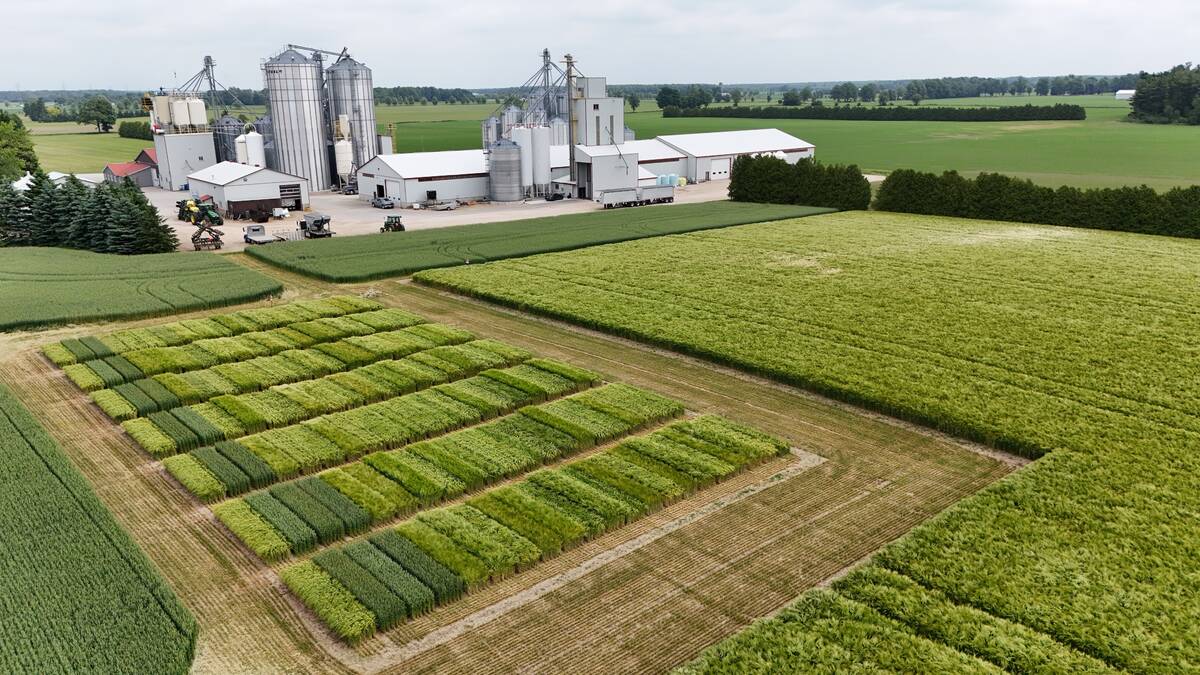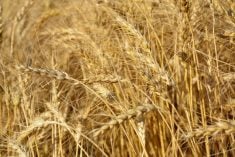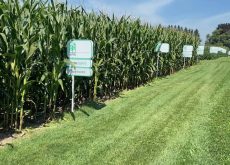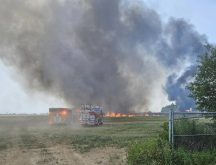Wheat harvest is roughly three months away, and the industry value chain is assessing its needs for hard red winter wheat.
Although no one defines the situation as critical, there are important markers to address.
In spite of solid acreages of a little more than a million acres in 2023 and roughly 850,000 acres planted last fall, most wheat crops were soft red winter wheat, with estimates of 750,000 acres now in the ground.
Read Also

Winter cereals beyond wheat gaining traction
Winter cereals such other than wheat, such as barley, could provide better yield and rotation options for Ontario growers.
Why it matters: Any shortfall in Ontario hard red wheat acres means mill capacity will be filled by western Canadian growers, a missed opportunity for Ontario growers.
Seed and milling companies and grain merchandisers prefer to have more Ontario HRW, but there are grower concerns about not meeting the appropriate protein levels in Ontario.
“In terms of protein, it comes down to (applied nitrogen) and weather, but we’ll buy lower protein hard red winter,” says Rick Steinke, risk manager for ADM Milling Canada. “It’s not where we say that, if it doesn’t make protein, it’s no good. We’ll work with growers and that’s what I’ve been doing. The farmer growing local hard red and our buying it is a win-win situation.”
Cost of nitrogen, affected by the war in Ukraine, is another influence. Prices have come down compared to when the war started, but acres didn’t rise accordingly. Canadian tariffs on Russia and reorientation of trade routes inflated the cost of nitrogen, making HRW less attractive compared to SRW.

Combined with relatively strong wheat prices for the past two years, growers opt for the easier crop to grow, and that’s soft red.
“Hard red winter wheat, as a portion of the crop in the past two years, has shrunk,” says Warren Hayhoe, manager of merchandising with Parrish & Heimbecker.
“That’s a function of two things: first and foremost is the need for more nitrogen with HRW, and the cost of nitrogen has gone up due to the war in Ukraine, with a resulting instability of supply.”
He wants to encourage continued and stable supplies of HRW. Currently, 45,000 acres of HRW constitutes six per cent of the winter wheat crop in Ontario. The optimal level would be 10 to 15 per cent, but being too aggressive with the messaging could push the supply from a deficit to a surplus.
Start the conversations
Improvements in management have translated to higher protein levels in wheat but lack of communication among growers and the rest of the value chain may be part of the reason for the HRW acreage decline.
According to Russell McLaughlin, lack of definition and access to a hard red wheat program is another reason.
“While these programs have existed, they may not have received much attention in recent years due to the surge in prices,” says McLaughlin, trading merchandiser with Synergy Grain.
“Even before these price increases, wheat sometimes takes a back seat during planting season, which coincides with a busy period on a farm. Having a program established early, before the rush of planting and managing other crops, can assist in planning winter wheat acreage effectively.”
He encourages discussions between growers and their agronomists and with elevators and mills about developing a program for the 2025 crop.
Improved genetics
The pace of new HRW genetics makes protein levels easier to achieve through a normal hard red program.
“Compared to Priestley, the previous high-yield standard, the new genetics get about one per cent higher protein than previous lines with the same or better yields as Priestley,” says Rob McLaughlin, sales and marketing manager with C&M Seeds.
“There should not be the same yield gap when choosing HRW as there used to be. Most years, growers can achieve at least the minimum protein specs.”
There are also new types of fertilizer on the market, including Amidas, a hard granule urea including sulphur to make application easier.















